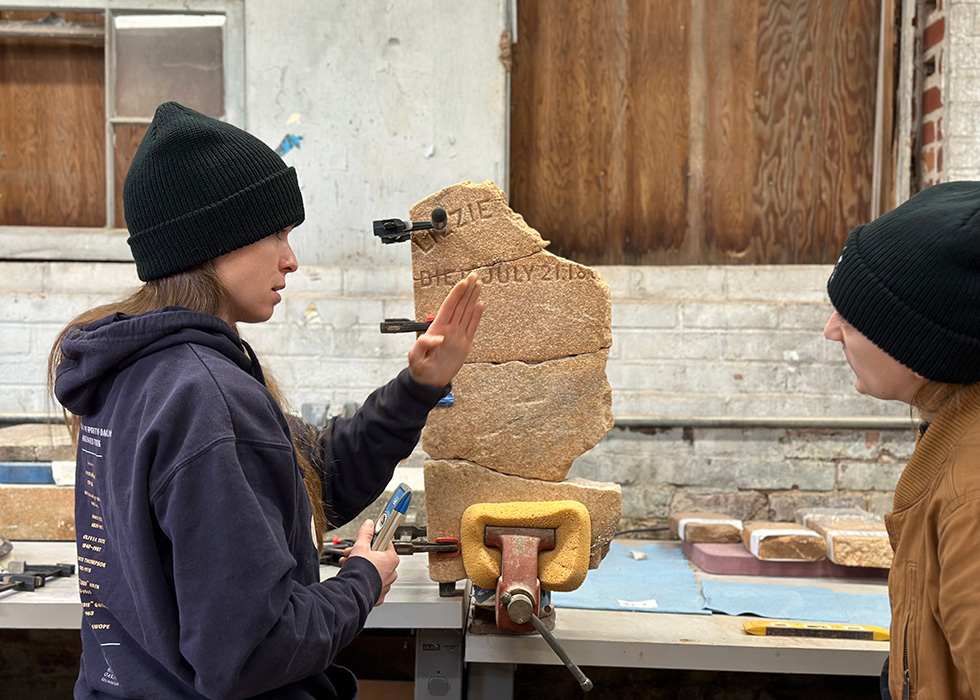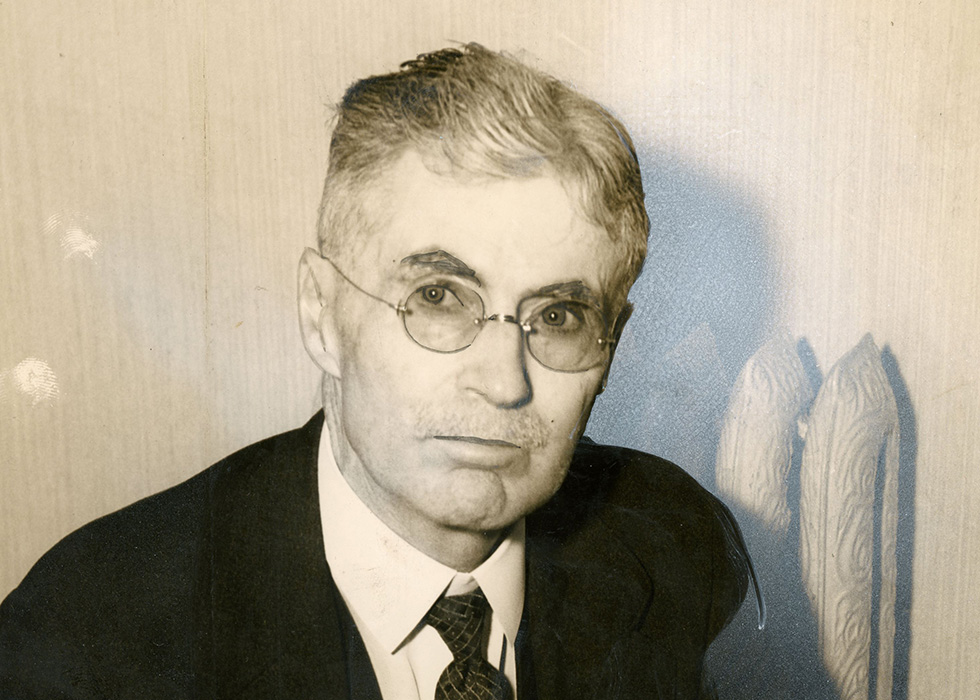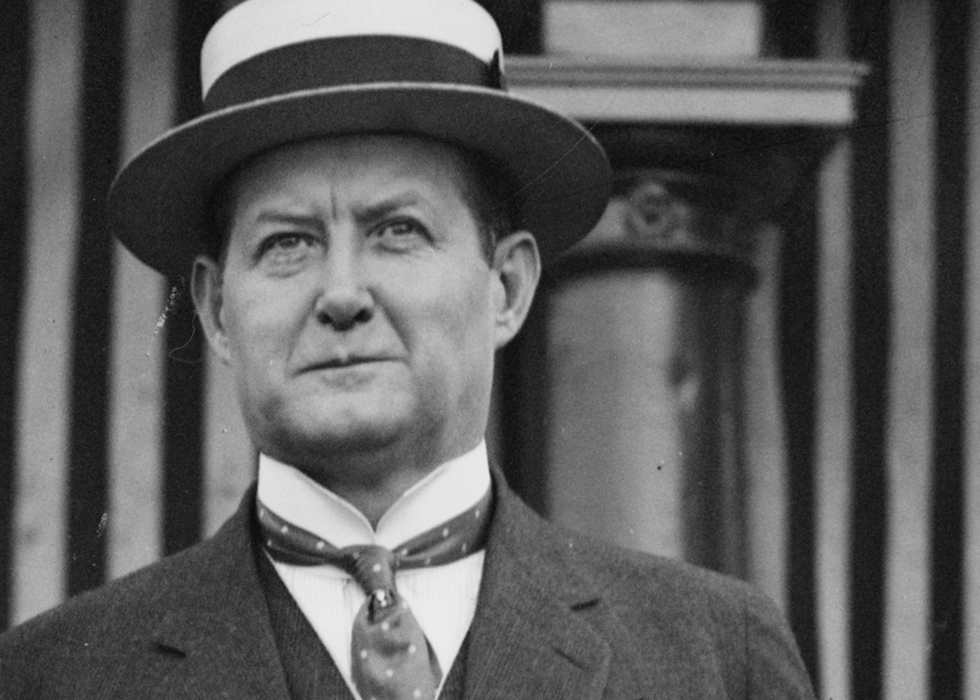
Resident Spotlight: C.L. Chosewood
Born in Jackson County, Georgia in 1873, Charles L. Chosewood was a longtime city council member and Grant Park neighborhood resident. He was a colorful and controversial character with a lasting legacy in Atlanta.

Charles L. Chosewood moved to Atlanta as a boy. He began his working life in Atlanta as a City of Atlanta police officer in the late 1890s, starting as a bicycle officer and quickly rising to the rank of detective. In 1900, Chosewood won a contract for refreshment stands and music at Grant Park. By 1904 he was running the “amusement features” in Grant Park in addition to his refreshment stands.
As Chosewood’s investment in the community grew, so did his political aspirations. He became chairperson of the election committee for Atlanta’s Third Ward in 1904. The following year he was dismayed to hear that his bid for the Grant Park concessions contract had been rejected, accusing his fellow city council members of favoritism. By now a well-known resident of the Third Ward, Chosewood ran for Atlanta City Council later the same year. Foreshadowing a career of heading street paving programs throughout the city, one of Chosewood’s campaign claims was that he would pave Hunter Street, the street (now known as Martin Luther King Jr. Drive) that ends at Oakland’s main gate. Chosewood was elected to the Council, kicking off a 30-year career in Atlanta’s government.

From 1907 to 1916, Chosewood and business partners operated a successful amusement park a block or two east of Grant Park known as White City (the name came from the 1893 World’s Columbian Exposition in Chicago, which featured a set of 14 all-white buildings nicknamed the “White City”). Chosewood’s amusement park boasted a circle swing, a Ferris wheel, a swimming pool, a miniature railroad, and even a roller coaster. Today, Parkside Elementary School sits on the site of the amusement park’s lake.
In 1908 Chosewood’s political opponents accused him of mismanaging affairs at Grant Park in favor of his neighboring private amusement park. Chosewood’s employees, they said, had removed wagonloads of flowers meant for Grant Park and taken them to White City.
The following year, Chosewood was arrested after a fight near the circle swing at White City which left him with a fractured nose and his opponent with a stab wound to the side. Chosewood said he had been trying to eject an inebriated customer from the park when the fight broke out. He denied that he had stabbed the man, insisting that another man had wielded the knife. He was charged with assault with attempt to murder and later acquitted. Chosewood sold White City in 1916, and the amusements were moved to Lakewood Park.

In 1930, The Atlanta Constitution exposed corruption throughout Atlanta’s city government in a series of articles by Clark Howell for which it won a Pulitzer Prize. Accused of stealing granite and other building materials meant for the City, Chosewood was charged with larceny and resigned from the council (his case never went to trial). Chosewood unsuccessfully tried to return to the city council in 1933 and did so successfully in 1940, serving until he died in 1954.
Chosewood is buried with his wife, Dora Elvira Smith, at Oakland Cemetery on the East Hill directly across from Oakland’s new East Gate. His family’s plot was recently restored by the preservation team.
About the East Gate project:
Oakland’s new East Gate near the corner of Boulevard and Memorial helps reestablish the Cemetery’s connection with the historic Cabbagetown and Reynoldstown neighborhoods. The new East Gate offers easier access to the cemetery for residents of Cabbagetown and Grant Park as well as for folks coming from the BeltLine.
The new gate also makes visiting the East Hill (currently being restored), Jewish Hill, the African American Burial Grounds, and Potter’s Field more convenient. When it is installed, wayfinding signage will help orient visitors coming through the gate, and benches and pet stations will add to the visitor experience.
Sources:
Postcard: Historic Postcard Collection, RG 48-2-5, Georgia Archives
Image of C.L. Chosewood in 1936: Thu, Sep 3, 1936 – 11 · The Atlanta Constitution (Atlanta, Georgia) · Newspapers.com
Feature image: Chosewood gravesite by CMullus, Findagrave.com



